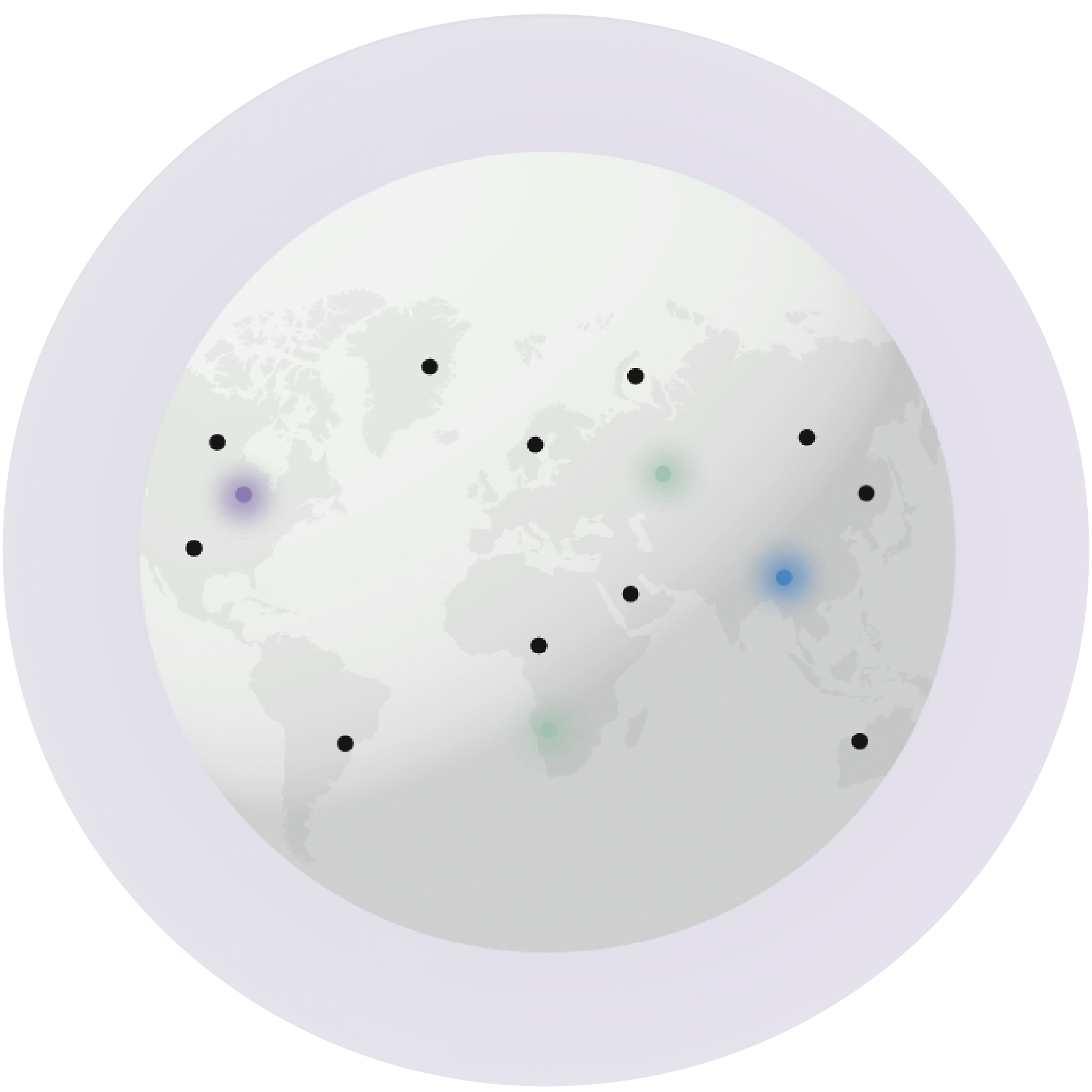Company
Publication Hub

Total results: 604
A deep learning palpebral fissure segmentation model in the context of computer user monitoring
Year: 2023
Authors: BM Nabinger
2 versions available
A novel end-to-end dual-camera system for eye gaze synchrony assessment in face-to-face interaction
Year: 2023
Authors: M Thorsson, MA Galazka, J Åsberg Johnels
6 versions available
A study of the cognitive process of pedestrian avoidance behavior based on synchronous EEG and eye movement detection
Year: 2023
Authors: S Tang, J Wang, W Liu, Y Tian, Z Ma, G He, H Yang
10 versions available
A Tool to Assist in the Analysis of Gaze Patterns in Upper Limb Prosthetic Use
Year: 2023
Authors: P Kyberd, AF Popa, T Cojean
8 versions available
Active and Independent Mobility on the Way to School: Case Study of the Redesign of the Infrastructure Surrounding Bunte Schule Währing in the City of Vienna
Year: 2023
Authors: J Stark, S Kaiser, F Aschauer
2 versions available
An analysis of the methodology and validation of the design and presentation of stimulus materials for eye-tracking experiments
Year: 2023
Authors: M Wang, Z Zhu, Z Zhang
1 version available:
An end-to-end review of gaze estimation and its interactive applications on handheld mobile devices
Year: 2023
Authors: Y Lei,S He,M Khamis,J Ye
10 versions available
An Exploration of Wearable Device Features Used in UK Hospital Parkinson Disease Care: Scoping Review
Year: 2023
Authors: W Tam,M Alajlani,A Abd
8 versions available
Analysis of Interaction Methods in VR Virtual Reality
Year: 2023
Authors: Y Liu
1 version available:
Anticipatory driving in automated vehicles: The effects of driving experience and distraction
Year: 2023
Authors: D He,CA DeGuzman,B Donmez
12 versions available
Explore Cutting-Edge Research in Human Factors and Ergonomics
For researchers and engineers, our library serves as a vital resource, offering the latest insights to inspire innovation and drive projects forward. With a focus on sensor-based studies—utilizing technologies like EEG, ECG, eye tracking, and motion tracking—we provide a platform to explore how these tools enhance understanding of human performance and interaction.
Our unique offerings include advanced simulators for flight and driving, enabling users to study complex human behaviors in controlled environments. By fusing and synchronizing diverse data sources, our platform delivers in-depth analyses across correlated factors, streamlining research processes and saving valuable time.
Ergoneers has been at the forefront of innovation in physiological and environmental data-based research tools for over two decades. Our publication library invites the community to engage in exchange and growth, fostering collaboration around humanitarian goals.
Whether you’re a researcher, an engineer, or an educator, our library is designed to support your work, providing you with the resources necessary to advance your understanding and application of human factors in real-world scenarios. Discover how you can leverage the latest findings to enhance user experience and performance in your field. Join us in shaping the future of human-centered design and research—explore our publication library today!